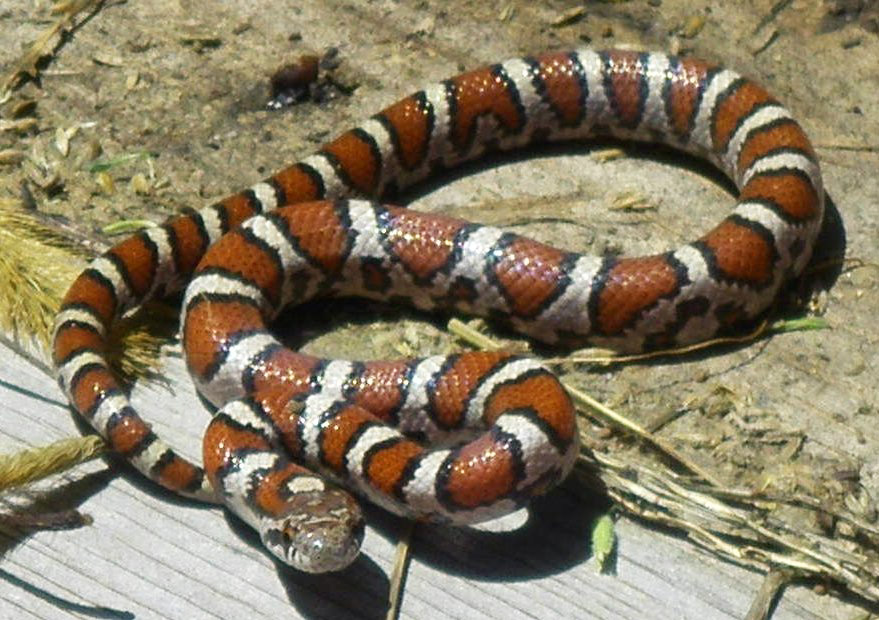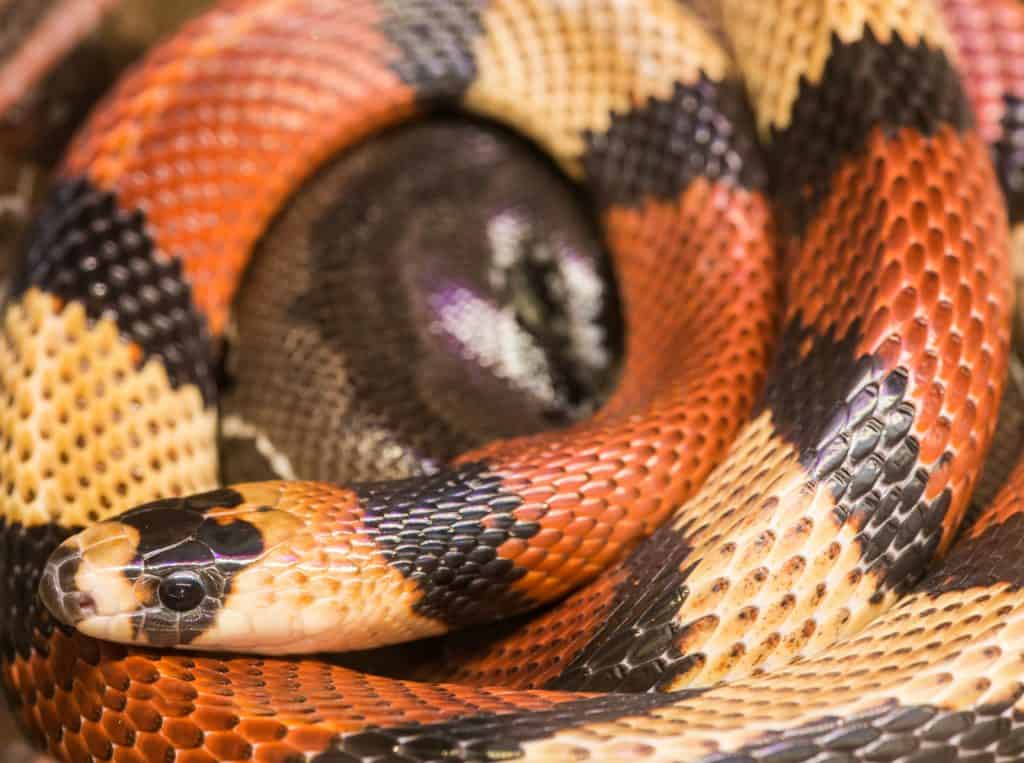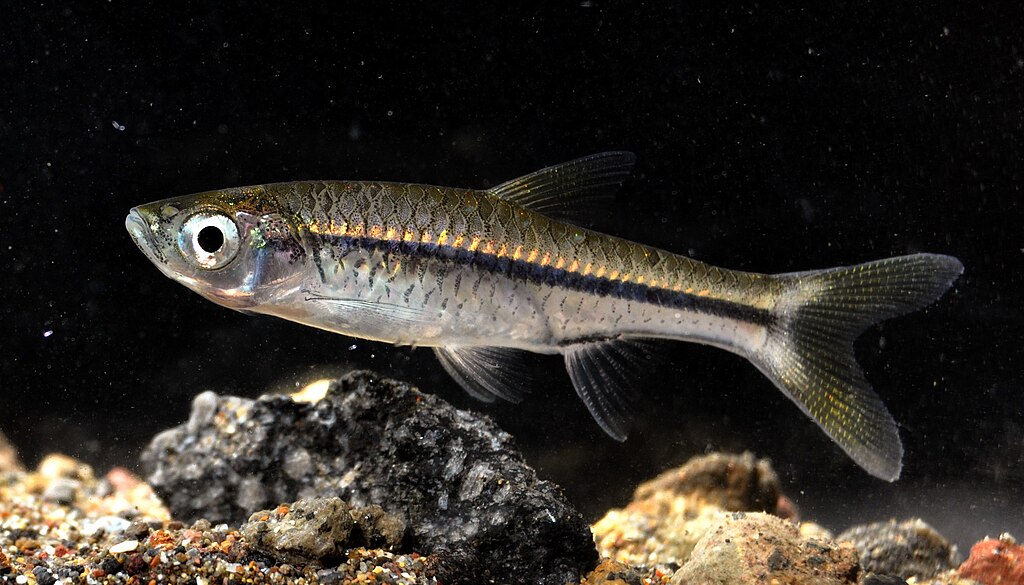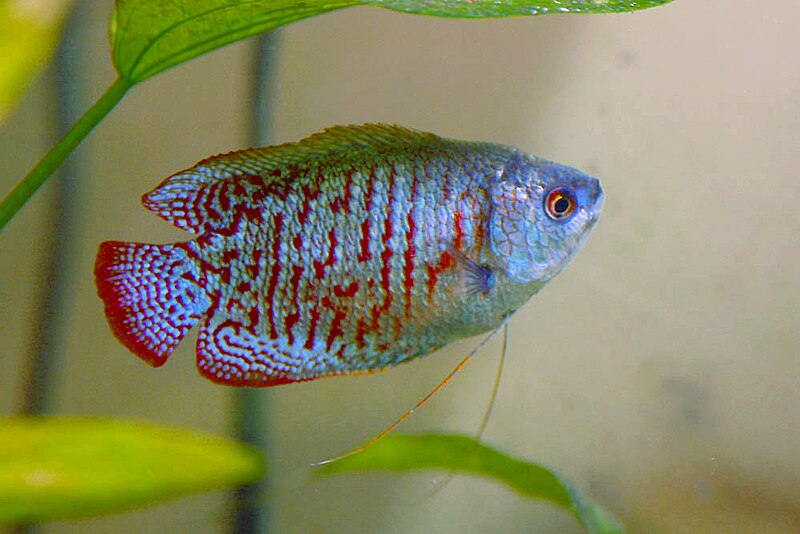Hi there, pet lovers! 🐍
Today, we’re diving into the world of Milk Snakes, one of the most striking and active snakes you can add to your reptile family. Known for their vibrant tricolor patterns and intriguing behaviors, Milk Snakes have captivated reptile enthusiasts for years. If you’re considering adding one of these slithery companions to your collection, let’s break down everything you need to know about them in our detailed review.
Overview
Milk Snakes (Lampropeltis triangulum) are non-venomous colubrid snakes native to the Americas, ranging from Canada to South America. They are known for their striking tri-color banding, which often mimics the appearance of venomous coral snakes—a form of Batesian mimicry that helps deter predators. These adaptable snakes thrive in a variety of habitats, including forests, grasslands, and farmlands, and are celebrated for their hardy nature and active behavior.
Here’s a quick summary of what makes Milk Snakes stand out:
- Handling and Temperament: Generally manageable but can be quick and occasionally nippy.
- Care and Maintenance: Low-maintenance with straightforward habitat and feeding requirements.
- Health and Durability: Hardy and long-lived, with proper care ensuring a lifespan of 15-20 years.
- Availability: Widely available through breeders, expos, and pet stores.
- Cost: Affordable to purchase and set up, with minimal ongoing expenses.
Overall: Milk Snakes are a fantastic choice for reptile lovers who want an active, visually stunning pet that is both rewarding and relatively easy to care for.

Why Choose a Milk Snake?
Milk Snakes are ideal for those seeking a pet that combines beauty, activity, and ease of care. Their vibrant colors—often red, black, and yellow or white banding—make them a standout addition to any reptile collection. They are also highly active, which makes them fascinating to observe. Unlike some other snakes, Milk Snakes are diurnal, meaning they are active during the day, allowing you to enjoy their behaviors without staying up late.
Their manageable size (typically 3-4 feet) and non-venomous nature make them safe and suitable for beginners, while their unique personalities and feeding habits keep experienced keepers engaged. Additionally, their long lifespan and hardy nature mean they can be a long-term companion for dedicated reptile enthusiasts.
Handling and Temperament
Milk Snakes are generally easy to handle, but their temperament can vary depending on the individual snake and its subspecies. Some are calm and docile, while others are more energetic and quick-moving. Their active nature means they are often on the move during handling, which can be both entertaining and a bit challenging for new keepers.
Personality Variations
- Calm Individuals: Some Milk Snakes are relaxed and content to sit in your hands, making them great for beginners.
- Active Individuals: Others are more energetic and may dart around or try to explore their surroundings during handling.
- Feeding Response: Milk Snakes are opportunistic feeders and may occasionally mistake your fingers for food, leading to a quick nip. This is not aggressive behavior but rather a result of their strong feeding instincts.
Handling Tips
- Gentle Approach: Always handle Milk Snakes gently to avoid stressing them. Support their body fully to make them feel secure.
- Avoid Overhandling: Limit handling sessions to 10-15 minutes to prevent stress.
- Wash Hands: Always wash your hands before and after handling to remove any scents that might trigger a feeding response.
- Watch for Tail Vibrations: Some Milk Snakes may vibrate their tails when nervous, mimicking rattlesnakes. This is a harmless defensive behavior.
While Milk Snakes are not typically aggressive, their quick movements and occasional nippiness mean they may not be the best choice for very young children or those who prefer a more laid-back pet.
Care and Maintenance
Milk Snakes are relatively low-maintenance, but they do have specific care requirements to ensure they thrive. Their active nature and feeding habits make them a joy to care for, but proper setup and routine maintenance are essential.
Enclosure Setup
- Size: A 20-30 gallon tank is ideal for an adult Milk Snake. Hatchlings can start in a 10-gallon tank but will need to be upgraded as they grow.
- Climbing Space: While not strictly arboreal, Milk Snakes enjoy climbing. Provide branches, vines, and other decor to enrich their environment.
- Substrate: Aspen shavings, coconut fiber, or reptile carpet are excellent choices. Avoid loose substrates like sand, which can cause impaction if ingested.
- Hiding Spots: Provide at least two hides—one on the warm side and one on the cool side of the enclosure. This helps them feel secure and regulate their body temperature.
- Water Bowl: A shallow water bowl should always be available for drinking and soaking.
Temperature and Humidity
- Temperature Gradient: Maintain a warm side of 85-88°F and a cool side of 70-75°F. Use an under-tank heater or heat pad regulated by a thermostat to achieve this.
- Humidity: Milk Snakes require moderate humidity (40-60%). Mist the enclosure lightly if needed, especially during shedding periods.
Feeding
- Diet: Milk Snakes are carnivorous and thrive on a diet of frozen-thawed mice. Hatchlings can start with pinky mice, while adults will eat adult mice.
- Feeding Schedule: Feed juveniles once every 5-7 days and adults once every 7-10 days. Adjust portion sizes based on their appetite and growth.
- Supplements: No additional supplements are needed if feeding whole prey items, as these provide complete nutrition.
Lighting
Milk Snakes do not require UVB lighting if they are fed a proper diet. However, providing a low-level UVB light can benefit their overall health and encourage natural behaviors.

Health and Durability
Milk Snakes are hardy reptiles with few health issues when cared for properly. Their robust nature makes them an excellent choice for both beginners and experienced keepers.
Common Health Issues
- Respiratory Infections: Caused by improper humidity or temperature. Symptoms include wheezing, mucus around the nostrils, and lethargy.
- Mites: External parasites that can cause irritation and stress. Regularly inspect your snake and clean the enclosure to prevent infestations.
- Stuck Shed: Incomplete shedding can occur if humidity levels are too low. Ensure proper humidity and provide a moist hide during shedding.
Preventative Care
- Regular Cleaning: Clean the enclosure and replace the substrate regularly to prevent bacterial growth.
- Proper Handling: Avoid overhandling and always support their body to prevent stress or injury.
- Quarantine New Additions: If introducing a new snake, quarantine it for at least 30 days to prevent the spread of disease.
With proper care, Milk Snakes can live 15-20 years, making them a long-term commitment.
Availability and Cost
Milk Snakes are widely available and affordable, making them accessible to most reptile enthusiasts.
Where to Buy
- Breeders: Reputable breeders are the best source for healthy, well-cared-for Milk Snakes.
- Reptile Expos: These events offer a wide variety of Milk Snakes and the opportunity to meet breeders in person.
- Pet Stores: Some pet stores carry Milk Snakes, but it’s important to ensure they are captive-bred and healthy.
Cost
- Snake Price: Standard Milk Snakes typically cost between $50 to $100. Rare morphs or subspecies may cost more.
- Setup Cost: A basic enclosure setup, including a tank, heating equipment, and decor, usually costs between $100 to $200.
Pros and Cons
Pros
- Stunning Appearance: Their vibrant colors and patterns make them a visually striking pet.
- Active and Engaging: Milk Snakes are fun to watch and interact with.
- Easy to Feed: They have a strong feeding response and readily accept frozen-thawed prey.
- Hardy and Long-Lived: With proper care, they can live 15-20 years.
Cons
- Quick Movements: Their active nature can make handling challenging for some keepers.
- Occasional Nipping: Their strong feeding response may lead to occasional nips.
- Not Ideal for Cohabitation: Milk Snakes should not be housed with other snakes, as they may view them as prey.

Final Thoughts
Milk Snakes are a fantastic choice for anyone looking to add a vibrant, active, and low-maintenance reptile to their home. Their striking appearance, hardy nature, and engaging behaviors make them a favorite among reptile enthusiasts. While they may require a bit of patience when it comes to handling, their overall ease of care and affordability make them an excellent pet for both beginners and experienced keepers.
If you’re considering a Milk Snake, we recommend visiting a breeder or expo to see them in person. Their unique personalities and stunning colors are sure to captivate you. With proper care and attention, a Milk Snake can be a rewarding and long-lasting companion.
Have you owned a Milk Snake? Share your experiences and tips in the comments below! We’d love to hear how you care for your snake and what makes them special to you.
For more reptile care tips and reviews, stay tuned to our blog and don’t forget to subscribe to our newsletter! 🐍








Leave a Reply